Min Jia
Robust Transceiver Design for Covert Integrated Sensing and Communications With Imperfect CSI
Aug 29, 2023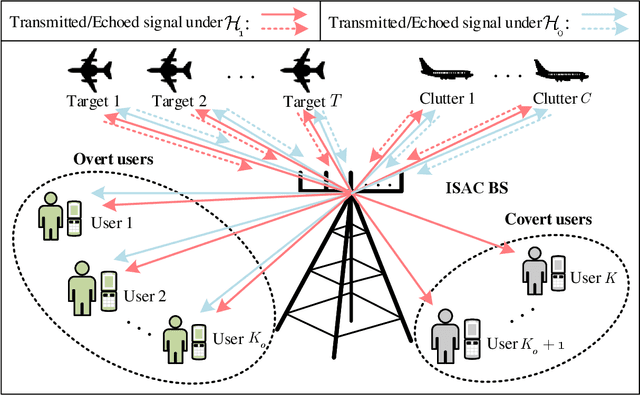
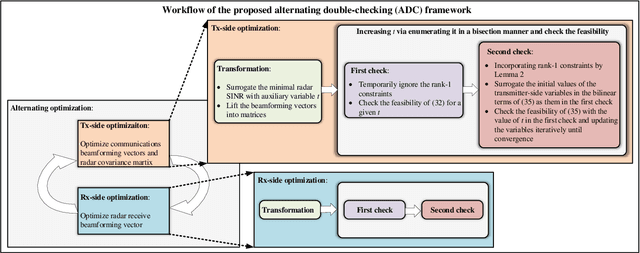
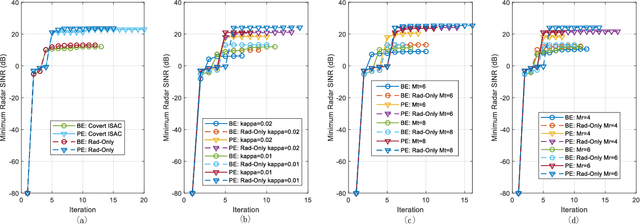
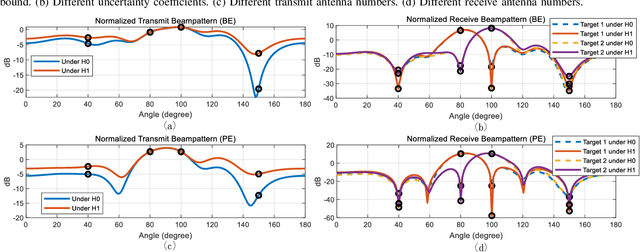
Abstract:We propose a robust transceiver design for a covert integrated sensing and communications (ISAC) system with imperfect channel state information (CSI). Considering both bounded and probabilistic CSI error models, we formulate worst-case and outage-constrained robust optimization problems of joint trasceiver beamforming and radar waveform design to balance the radar performance of multiple targets while ensuring communications performance and covertness of the system. The optimization problems are challenging due to the non-convexity arising from the semi-infinite constraints (SICs) and the coupled transceiver variables. In an effort to tackle the former difficulty, S-procedure and Bernstein-type inequality are introduced for converting the SICs into finite convex linear matrix inequalities (LMIs) and second-order cone constraints. A robust alternating optimization framework referred to alternating double-checking is developed for decoupling the transceiver design problem into feasibility-checking transmitter- and receiver-side subproblems, transforming the rank-one constraints into a set of LMIs, and verifying the feasibility of beamforming by invoking the matrix-lifting scheme. Numerical results are provided to demonstrate the effectiveness and robustness of the proposed algorithm in improving the performance of covert ISAC systems.
Joint Location and Beamforming Design for STAR-RIS Assisted NOMA Systems
Jun 26, 2022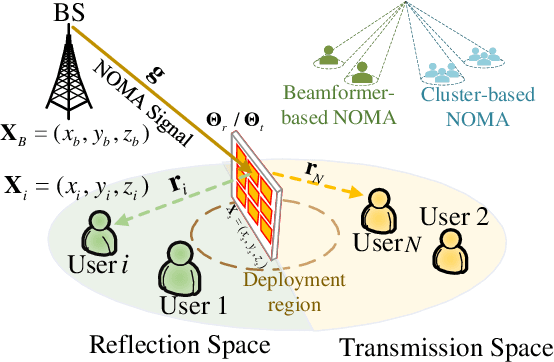
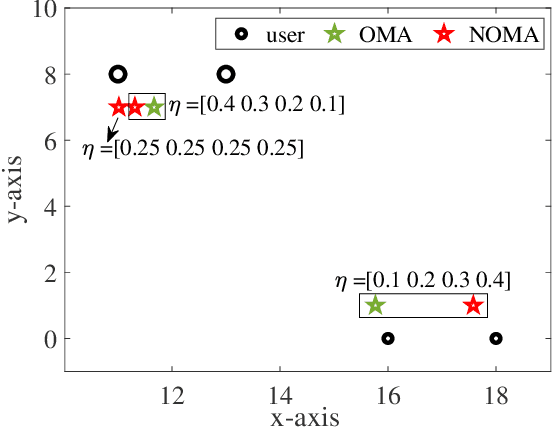
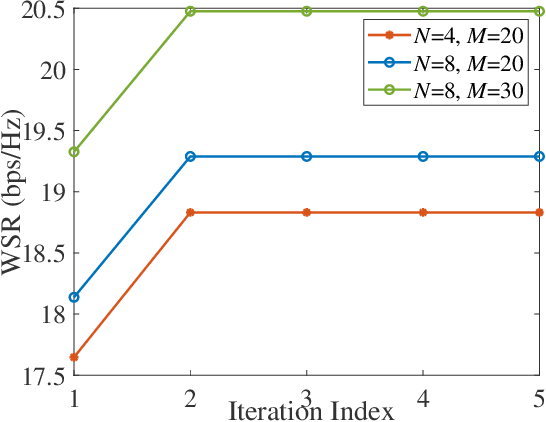
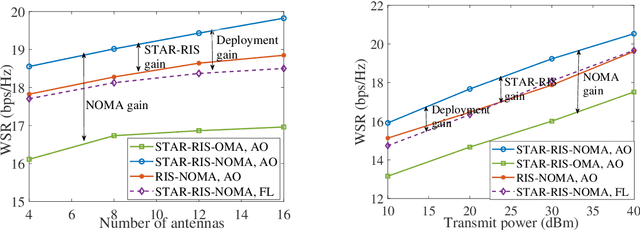
Abstract:Simultaneously transmitting and reflecting reconfigurable intelligent surface (STAR-RIS) assisted non-orthogonal multiple access (NOMA) communication systems are investigated in its vicinity, where a STAR-RIS is deployed within a predefined region for establishing communication links for users. Both beamformer-based NOMA and cluster-based NOMA schemes are employed at the multi-antenna base station (BS). For each scheme, the STAR-RIS deployment location, the passive transmitting and reflecting beamforming (BF) of the STAR-RIS, and the active BF at the BS are jointly optimized for maximizing the weighted sum-rate (WSR) of users. To solve the resultant non-convex problems, an alternating optimization (AO) algorithm is proposed, where successive convex approximation (SCA) and semi-definite programming (SDP) methods are invoked for iteratively addressing the non-convexity of each sub-problem. Numerical results reveal that 1) the WSR performance can be significantly enhanced by optimizing the specific deployment location of the STAR-RIS; 2) both beamformer-based and cluster-based NOMA prefer asymmetric STAR-RIS deployment.
 Add to Chrome
Add to Chrome Add to Firefox
Add to Firefox Add to Edge
Add to Edge